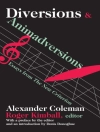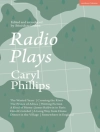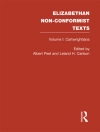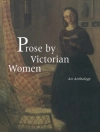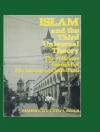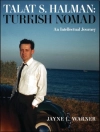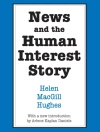If Mr. Chesterton had been permitted to have his own way this handful of papers would have been sent out under the title of ‘Gargoyles.’ Perhaps the publisher foresaw horror upon the faces of really unimaginative readers when once brought face to face with a ‘monster’ title; so it was changed to ‘Alarms and discursions, ‘ as indefinite and capable of possibilities as one could wish. ‘Fragments of futile journalism or fleeting impressions, ‘ Mr. Chesterton calls his essays. ‘This row of shapeless and ungainly monsters . . . does not consist of separate idols cut out capriciously in lonely valleys or various islands. These monsters are meant for the gargoyles of a definite cathedral. I have to carve the gargoyles, because I can carve nothing else; I leave to others the angels and the arches and the spires.’ Forty essays, in which excellent common sense and brilliantly phrased wisdom mingle with sheer nonsense.
عن المؤلف
English journalist and author, who came of a family of estate-agents, was born in London on the 29th of May 1874. He was educated at St Paul’s school, which he left in 1891 with the idea of studying art. But his natural bent was literary, and he devoted himself mainly to cultivating that means of expression, both in prose and verse; he did occasional reviewing, and had some experience in a publisher’s office. In 1900, having already produced a volume of clever poems, The Wild Knight, he definitely took to journalism as a career, and became a regular contributor of signed articles to the Liberal journals, the Speaker and Daily News. He established himself from the first as a writer with a distinct personality, combative to a swashbuckling degree, unconventional and dogmatic; and the republication of much of his work in a series of volumes (e.g. Twelve Types, Heretics, Orthodoxy), characterized by much acuteness of criticism, a pungent style, and the capacity of laying down the law with unflagging impetuosity and humour, enhanced his reputation. His powers as a writer are best shown in his studies of Browning (in the ‘English Men of Letters ‘ series) and of Dickens; but these were only rather more ambitious essays among a medley of characteristic utterances, ranging from fiction (including The Napoleon of Notting Hill) to fugitive verse, and from artistic criticism to discussions of ethics and religion.


